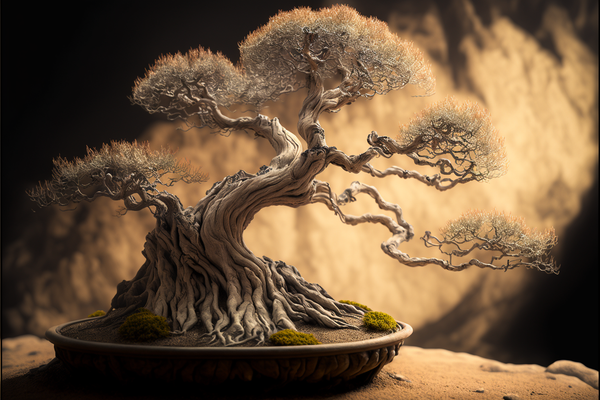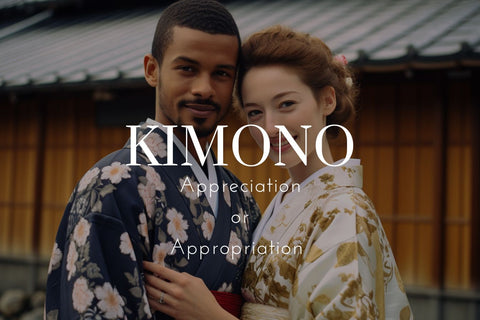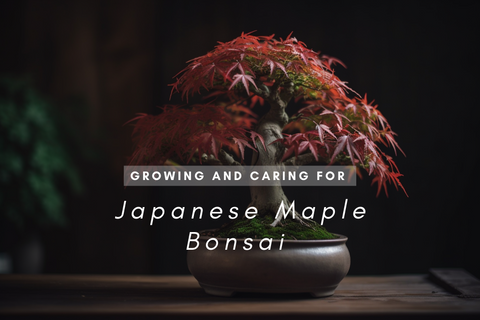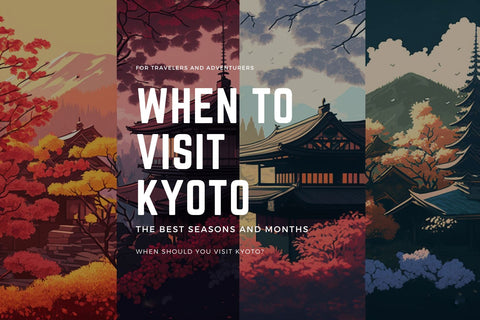
Introduction to Bonsai Tree Care
Bonsai tree care is the art of cultivating small trees in containers to maintain their size and shape. It has been an integral part of Japanese culture for centuries and requires skill, patience, and knowledge to achieve the desired aesthetic beauty of the tree.

The techniques used for bonsai tree care vary depending on the type of tree and its age, but there are several basic steps that should be followed for all trees.
Placement: Choosing the Right Location for Your Bonsai Tree
One of the most important aspects of bonsai tree care is finding the right place for the tree in your home or garden. Bonsai trees should be placed in areas with direct sunlight, but not so much direct sunlight that it could scorch the leaves.

It will typically be easier to grow a bonsai outdoors like many other plants. When kept outdoors they will have access to natural rain, light, and fresh air. Of course bonsai can be grown indoors like other plants as well. But, just like other plants, they will need some extra attention to make sure they are properly taken care of. This is especially true if the area you live in is a harsher climate and not as suitable for specific bonsai species. In these cases, they would need to be grown indoors for most of the year in a controlled environment.
It is also important to find a spot with good air circulation and protection from strong winds.
Watering: Maintaining the Correct Moisture Level for Your Bonsai Tree
Proper watering is essential for bonsai tree care. Bonsai trees should be watered when the soil feels dry to the touch. It is important to pay attention to how the tree responds to water and adjust the watering schedule accordingly.

Overwatering can lead to root rot, while under watering can cause the leaves to wilt and the tree to become stunted.
Fertilizing: Nourishing Your Bonsai Tree
Bonsai trees need to be fertilized regularly to promote healthy growth. Different types of trees may require different types of fertilizers. Organic-based fertilizers contain important nutrients, while slow-release fertilizers can provide nourishment to the tree over a longer period of time.

It is important to follow the recommended fertilization schedule for your specific type of tree.
Repotting: Pruning Your Bonsai Tree
As a bonsai tree grows, it may need to be repotted to ensure that its roots are not crowded.

Repotting should be done every two to three years to ensure that the tree is growing correctly. The ideal time for repotting is just before spring when new growth appears.
Soil and Pot Selection: Choosing the Right Container for Your Bonsai Tree
Choosing the right soil mix and pot is important for successful bonsai tree care. Clay pots are generally considered the best option for bonsai, as they absorb and release moisture more easily than plastic pots.

The soil mix should be a combination of organic and inorganic components, such as akadama, pumice, and peat moss. The most important thing to keep in mind when growing your bonsai is proper water drainage. Courser layers (such as small rocks or gravel) as the base is helpful to make sure the water does not collect at the bottom. Otherwise this could lead to the root rot mentioned above.
Styling and Pruning: Maintaining the Shape of Your Bonsai Tree
Styling and pruning are important techniques for maintaining the shape of your bonsai tree.
Styling involves selecting and shaping the branches and trunk of the tree to create the desired shape and aesthetic. This involves wrapping bonsai wire around the trunk and branches of the tree and bending them into the desired shape. Over time as the tree grows, it will begin to hold this shape naturally and the wire can be removed.

Pruning is necessary to remove excess growth and maintain the size and shape of the tree. It is important to prune the tree regularly, but not too heavily, as over-pruning can damage the tree. There are many different types of specialized bonsai tools professionals use. We've made it easy with our bonsai tool kit to give you everything you need to get going.

Wiring: Training Your Bonsai Tree
Wiring is a technique used to train bonsai trees to grow in a specific shape. It involves wrapping wire around the branches and trunk of the tree to guide the growth in the desired direction. Wiring should be done carefully to avoid damaging the tree. It is important to check the wire regularly and remove it once the tree has been trained to maintain its shape.

Popular Bonsai Species
There are many different species of trees and shrubs that can be used to create bonsai, and each species has its own unique characteristics and requirements. Some of the most common and famous types of Japanese bonsai species include sakura (cherry blossom), juniper, momiji (maple), pine, and wisteria.
Sakura, or cherry blossom, is one of the most iconic and beloved trees in Japan. Bonsai versions of this species are often grown for their delicate pink or white flowers, which bloom in the springtime. Sakura bonsai require full sun and well-draining soil, and should be watered regularly to keep the soil evenly moist. They should also be fertilized every few weeks during the growing season to encourage healthy growth.
Juniper is another popular species for bonsai, and it is known for its sturdy, upright growth habit and its ability to withstand harsh conditions. Juniper bonsai are often grown in a formal upright or informal upright style, and they can be trained to have a variety of different shapes and sizes. These trees require full sun and well-draining soil, and they should be watered regularly to keep the soil evenly moist. They should also be fertilized every few weeks during the growing season to encourage healthy growth.
Momiji, or maple, is another classic Japanese bonsai species that is prized for its vibrant autumn foliage. Bonsai versions of this tree are often grown in an informal upright or slanting style, and they can be trained to have a wide range of shapes and sizes. Momiji bonsai require partial shade and well-draining soil, and they should be watered regularly to keep the soil evenly moist. They should also be fertilized every few weeks during the growing season to encourage healthy growth.
Pine is another popular bonsai species that is native to Japan. Bonsai versions of this tree are often grown in a formal upright or informal upright style, and they can be trained to have a variety of different shapes and sizes. Pine bonsai require full sun and well-draining soil, and they should be watered regularly to keep the soil evenly moist. They should also be fertilized every few weeks during the growing season to encourage healthy growth.
Wisteria is a climbing vine that is native to Japan, and it is often grown as a bonsai species for its fragrant flowers and attractive, cascading growth habit. Bonsai versions of this plant are typically grown in a cascade or semi-cascade style, and they require partial shade and well-draining soil. Wisteria bonsai should be watered regularly to keep the soil evenly moist, and they should be fertilized every few weeks during the growing season to encourage healthy growth.
In summary, sakura, juniper, momiji, pine, and wisteria are all popular and iconic Japanese bonsai species that are known for their unique characteristics and beauty. Each species has its own specific care requirements, but all of these plants require full sun or partial shade, well-draining soil, regular watering, and regular fertilization to thrive.
Bonsai tree care is a rewarding hobby that requires skill, patience, and knowledge. By following these basic techniques, you can achieve the desired size and shape of your plant in a healthy manner.








